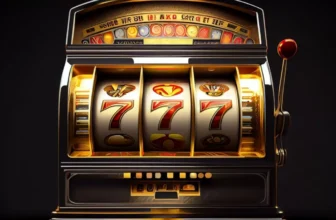Understanding Art of Bluffing. 3 Tips for Beginner Players
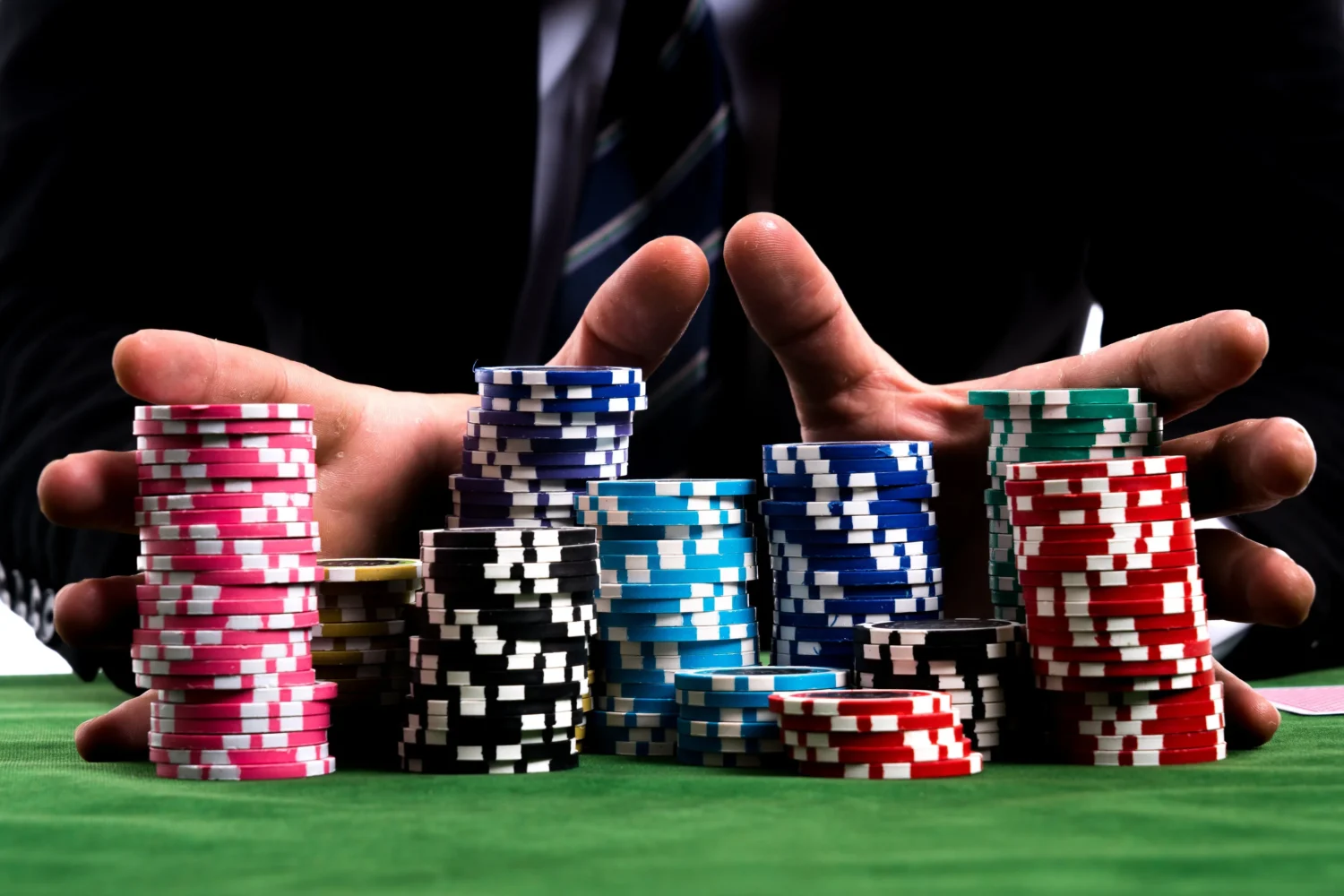
Ready to raise your game and give yourself the edge to win? Whether you’re a beginner poker player or a seasoned veteran, understanding and mastering the art of bluffing is a key skill needed to be successful in any card game. In this blog, we’ll explore some tips and tricks on how to effectively bluff your opponents, so that you’ll be ready to take on any competition.
Benefits of Bluffing
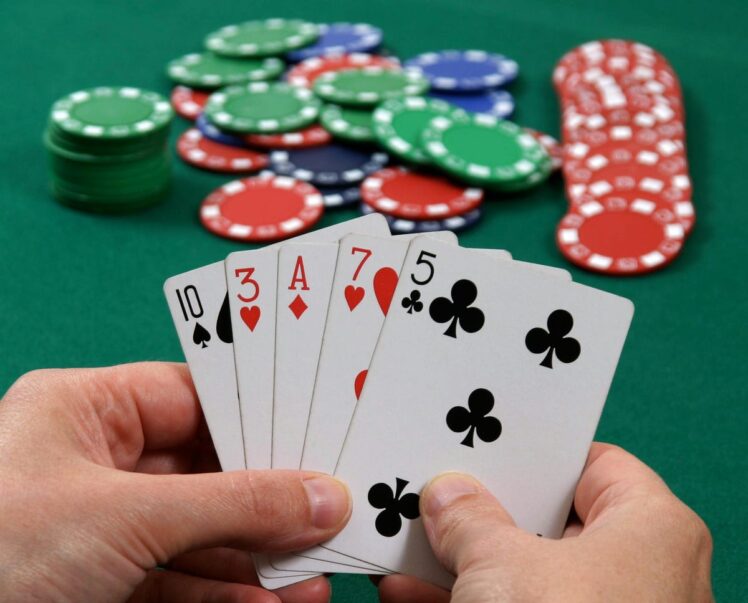
Source: forbes.com
Bluffing can be an effective way to throw off your opponents and gain an advantage in a poker game, especially when playing at Mansion88. It is the act of making opponents believe you have a better hand than what you actually possess, often by raising or betting with confidence. The goal is to convince others that your bluff is real, and in doing so win the pot without the best cards.
The primary benefit is that it gives you options when facing difficult circumstances. If used correctly and sparingly, it can reduce variance and give players much needed leverage during mid-match play. Strong ones also enable players to win pots when they don’t possess premium hands, allowing them to increase winnings over time instead of simply maintaining their bankroll’s status quo.
In addition to its potential financial value, it can also be quite useful in increasing your opponents’ frustration levels (and improving your own mental well-being). By keeping your opponents guessing, you deny them the chance to recognize patterns which might give them insight into how you play certain hands. With luck and good timing, this can result in more money for you at the end of the session.
Overall, successful faking requires a combination of patience and psychological awareness. Players must make their opponents think they have something they don’t actually have; if done properly this style of play can put fear into an opponent’s mind before they even look at their cards (especially with novice players). When used strategically, bluffing can help create winning opportunities against seasoned opponents who generally have a better handle on advanced tactical knowledge than inexperienced ones do.
How to Bluff
It is an essential part of any poker game, and a necessary tool for any player aiming to win big. In poker, bluffing involves making a bet or raise with a hand you think is not the best at the table in order to scare off your opponents and make them fold. In other words, you are essentially lying about the strength of your hand and trying to win the pot through deception.
It is important to remember that bluffing can be successful, however it does require skill and timing. Here are some tips on bluffing that beginning players should keep in mind:
- Know Your Opponents: Take some time to observe your opponents before you begin playing. This will give you an idea of their betting patterns so you can determine when they are likely to call or fold.
- Be Selective: Bluff too much and opponents will pick up on it quickly. Make sure that you only attempt faking when the situation is right; choose hands where few or no other players are likely to call or raise your bet after yours.
- Use Position Wisely: Implement bluffs from late (or better yet, last) position so that you have seen all of your opponents’ actions first before deciding whether or not to make a bluff play.
- Ante Up: If two players have called ahead of you during pre-flop play, add extra chips into the pot – this will help increase the pot size enough for a larger bet on later streets which makes it more believable if you decide to pull off a bluff at this point in time.
- Check-Raise: This technique has proven successful for many professional poker players and works especially well when playing with novice players as they often impatiently jump into pots without considering their opponent’s range of hands – let them bet first then look at re-raising them on later streets if you don’t think they can back up their bets with strong hands or fold once they come up against resistance during later rounds of betting/raising/calling competition.
Advanced Bluffing Strategies
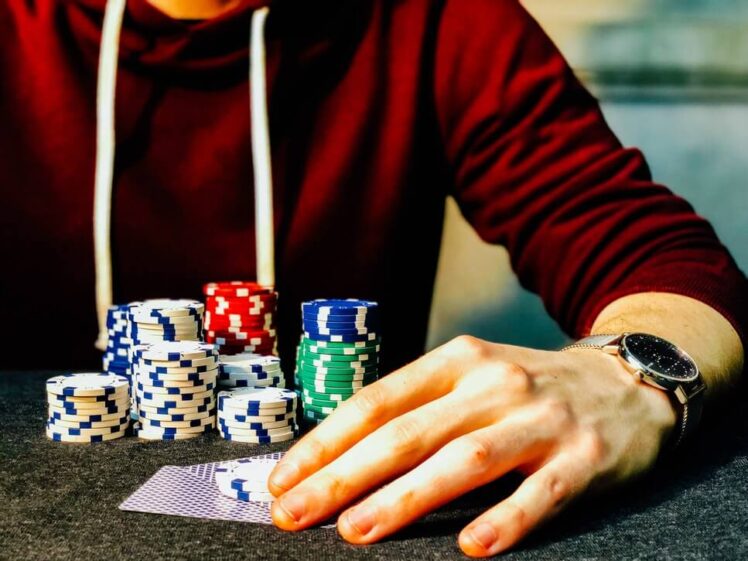
Source: youtube.com
Advanced bluffing strategies involve being able to read the betting patterns of opponents, and what they might be trying to do, before making decisions. Plays such as “slow-playing,” “floating,” and “semi-bluffing” can all be used while attempting to disguise your strength or weakness.
Slow-playing is when you check or call on a strong hand instead of betting in order to build up the pot. This is especially useful against weaker players who often fold at the slightest sign of aggression, so you can trap them into betting more than they should. Floating involves “calling” a bet with the intention of stealing the pot later in the hand by “reraising” with a better hand; semi-bluffing is a combination of playing both weak and strong hands aggressively in a way that looks strong but may not be as strong as it looks.
Good bluffers also know how much money to risk in certain situations. A good bluff requires some calculation so that you don’t overbet. Your goal when bluffing should never be to put an opponent all-in, it should always be to win the pot outright if possible; if your opponent is likely holding something better than your cards, then exit the hand quickly before investing too much money into it!
When evaluating whether or not to make a move, consider:
- How big your opponents stack might be compared to yours.
- How much they may be willing to wager on any particular hand.
To master successful bluffing strategies you must become adept at reading such information accurately among your opponents.
Conclusion
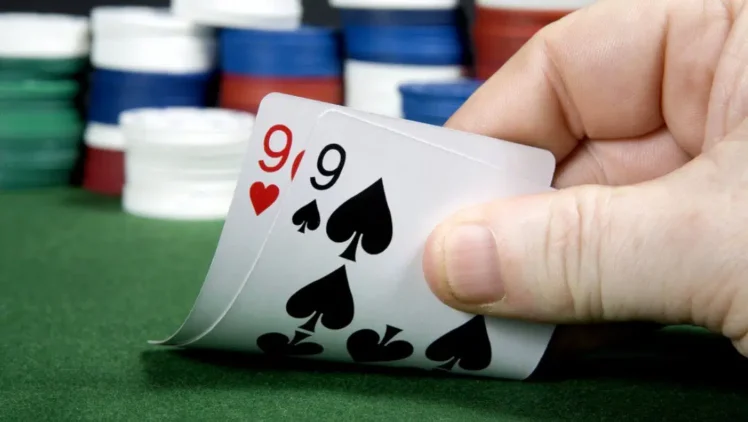
Source: youtube.com
Ultimately, this is a key strategy for any player looking to make big plays when their cards aren’t in their favor. It takes time and patience to master the art of bluffing, and it’s important to pay close attention to your opponents so you can anticipate when they are likely to fold or call.
No matter what strategy you’re using, it’s always important to know when the right moment is to pull the trigger on a bluff. At the same time, be aware of any possible counter-strategy they might have, such as slow-playing or raising in response. Above all else, stay disciplined with your bets and never go too far too fast – otherwise you risk getting caught up in a never-ending cycle of losing bluffs.




